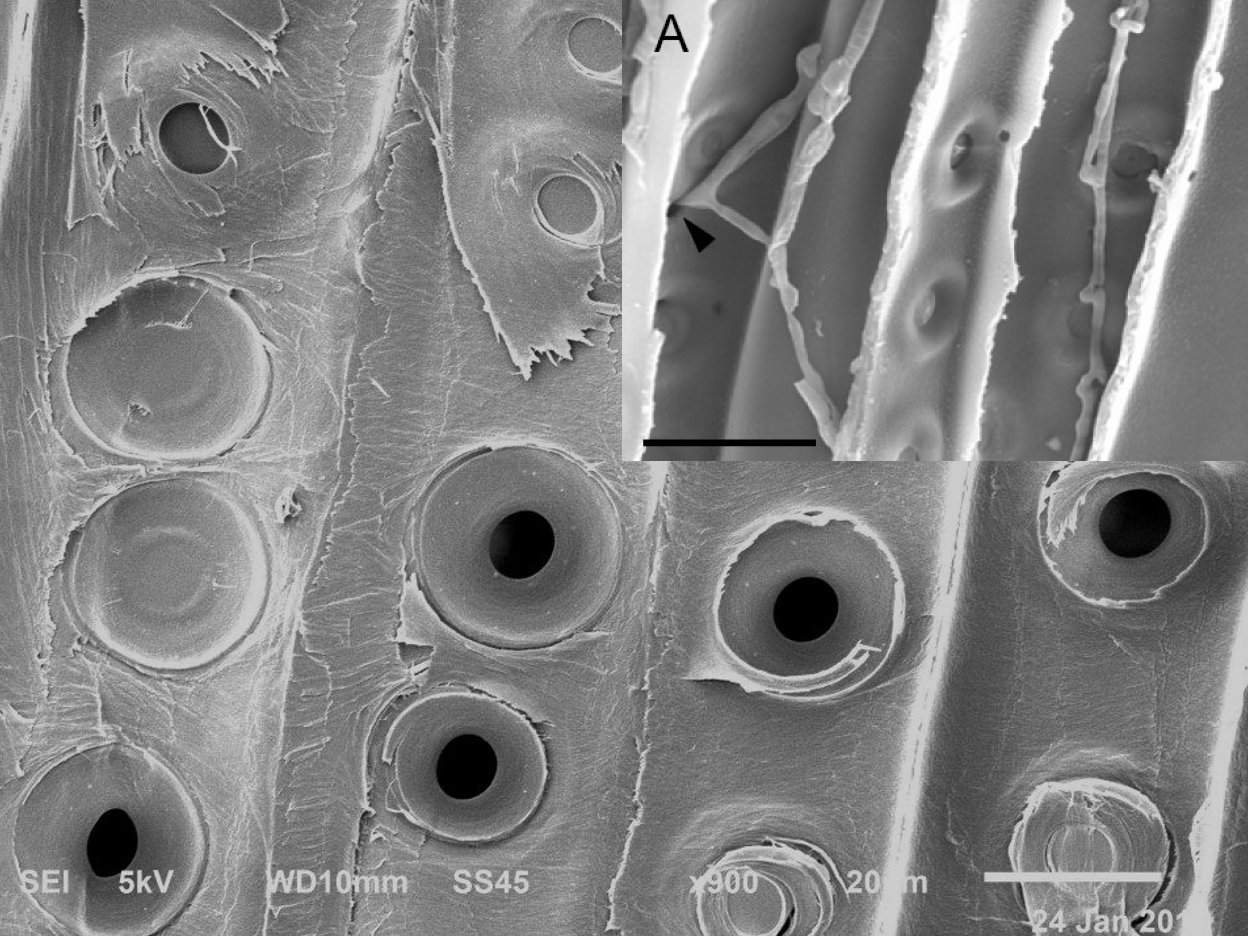Midterm 1 BBE 4302 (Complete)
1/145
There's no tags or description
Looks like no tags are added yet.
Name | Mastery | Learn | Test | Matching | Spaced |
|---|
No study sessions yet.
146 Terms
What is a bioproduct?
materials, chemicals, and energy derived from renewable biological resources that include agriculture, forestry, and biologically-derived waste
How can you preserve wood?
physically, chemically, and biologically
Deterioration
Damage to material causing economic loss
Lignin
cross-linked macromolecule consisting of primarily phenylpropane units. VERY difficult to metabolize
Cellulose
polymer consisting of glucose linked together to form long chains. Chains are either loosely arranged (amorphous) or hydrogen-bonded together (crystalline). beta 1->4 linked glucose.
Lignin monomers
Coniferyl, sinapyl, and paracoumaryl alcohol
Extractives
Starch, waxes, phenolics, resins, tannins, etc
Inorganics
Ca, Mg, K (trace Fe, Cu...)
% Lignin
23-33% in SW
16-25% in HW
% hemicellulose
20-35%
% cellulose
40-50%
% Extractives
5-30%
p-coumaryl
H lignin
non-woods

Coniferyl
G lignin
non-woods, SW, HW

Sinapyl
S lignin
non-wood &HW

Hemicellulose in HW
O-acetyl-4-O-methylglucurolno-xylan (~22%)
Glucomannan (~3%)
Cellulose --> Strength
Cellulose -> Micelle (~100 cellulose) -> microfibril (~20 micelle) -> macrofibril (~250 microfibrils) -> Fiber tracheids
Tracheids/Fibers
General wood cells. May or may not be conductive, and may or may not have pores/pits
Rays
Parenchyma (living cells) that store sugars and are an avenue for degrader colonization
Abiotic degradation
Weathering (UV, oxidation), Thermal decomposition (below 200C, 200-275C, >275C), chemical decomposition (hydrolysis, oxidation), Mechanical wear (breakage, erosion of surface)
DKPCOFGS
Domain, Kingdom, Phylum, Class, Order, Family, Genus, Species
Domain
Prokaryotes and eukaryotes
Prokaryotes
No nucleus, no membrane-bound organelles, 3.5 billion years ago
Eukaryotes
Nuclear envelope, compartmentalized cellular functions, 1.7-2.2 billion years ago
Kingdoms
Archaea, bacteria, fungi, protist, plant, animal
Bacteria
unicellular, small, asexual reproduction, external digestion, capsule, often slimy on outside
Most wood-inhibiting bacteria are...
unicellular (not filamentous
Lytic systems
Cellulase (degrade cellulose), hemicellulase (degrade hemicellulose), lininase, pectinase
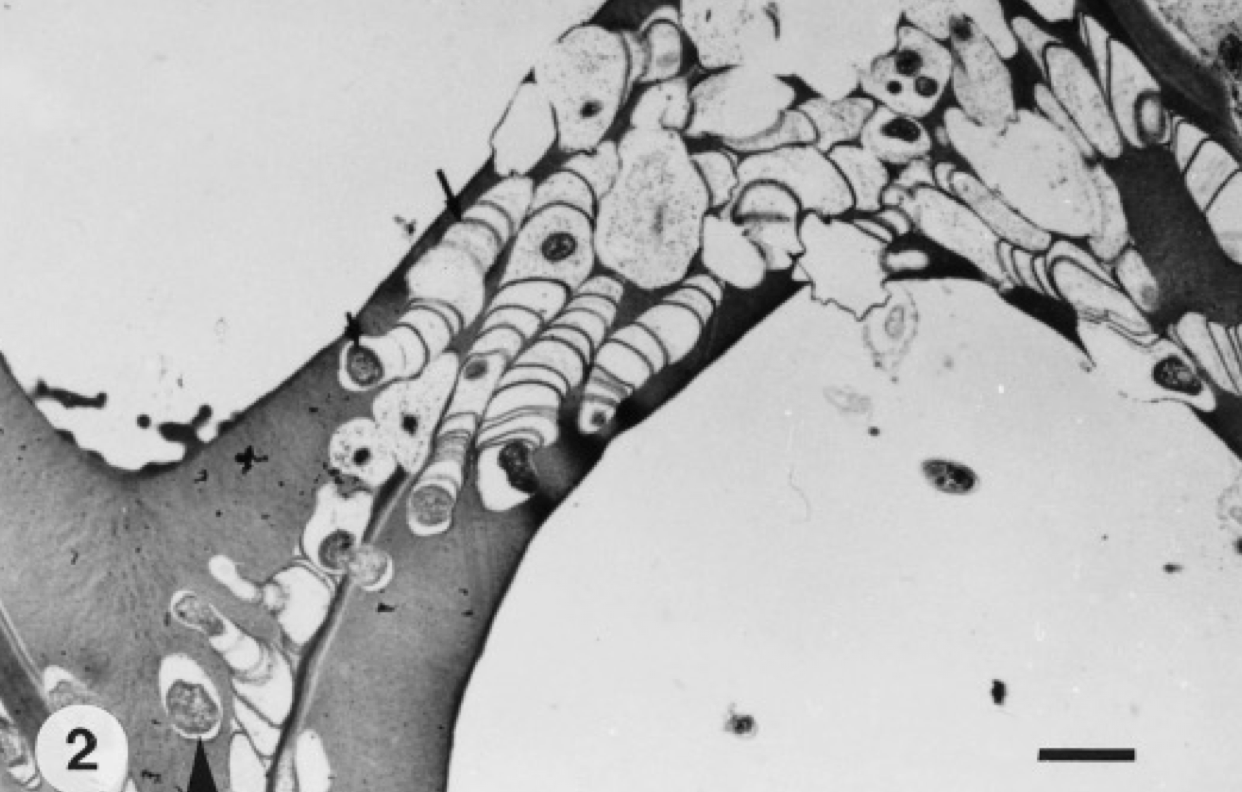
Tunneling bacteria
single-celled, gram negative (pink), motile (no flagella), cellulolytic and/or lignolytic.
Adhere to S3 layer, tunnels into S2 leaving slime cap over tunnel entrance and walls, branched tunnels form at points of cell division, tunnels do not cross until late into decay.
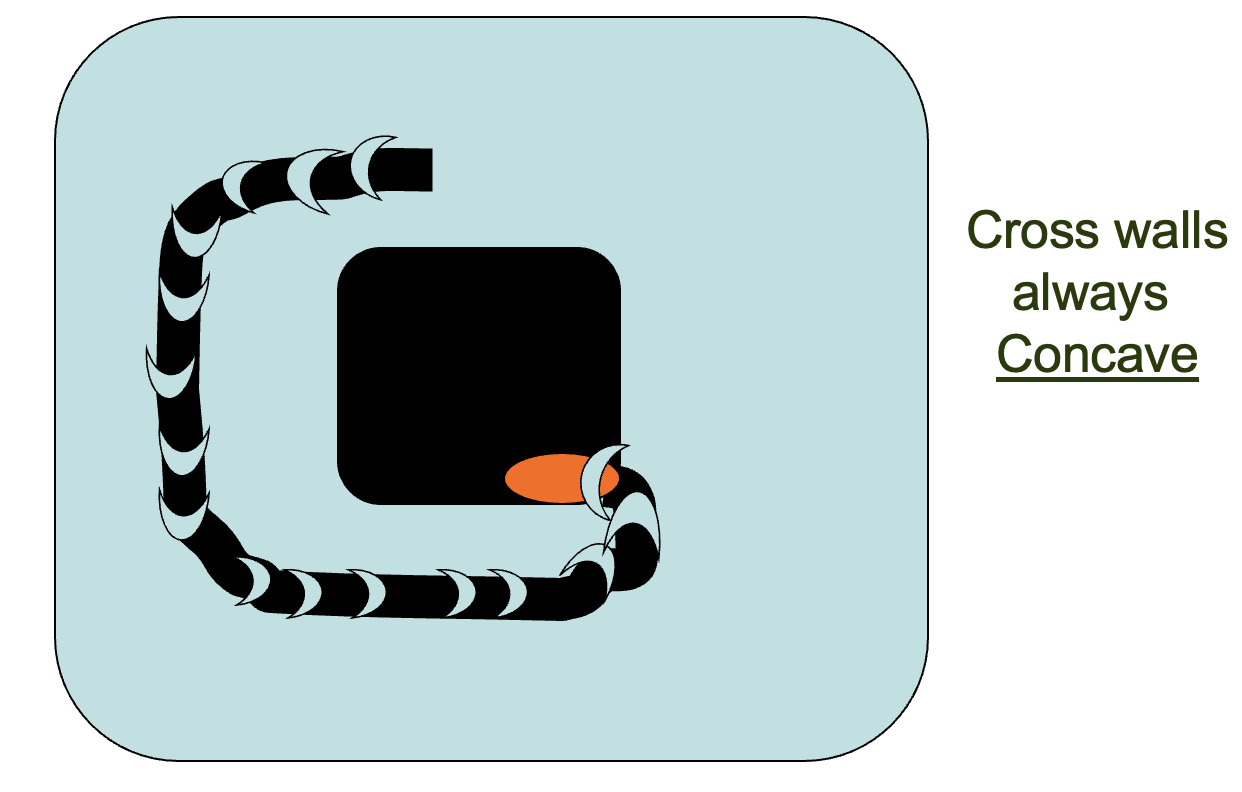
Tunneling bacteria effect on timber
surface softening, increases permeability, may damage wood in certain situations (buried, sunken, chemically-treated, high-lignin wood)
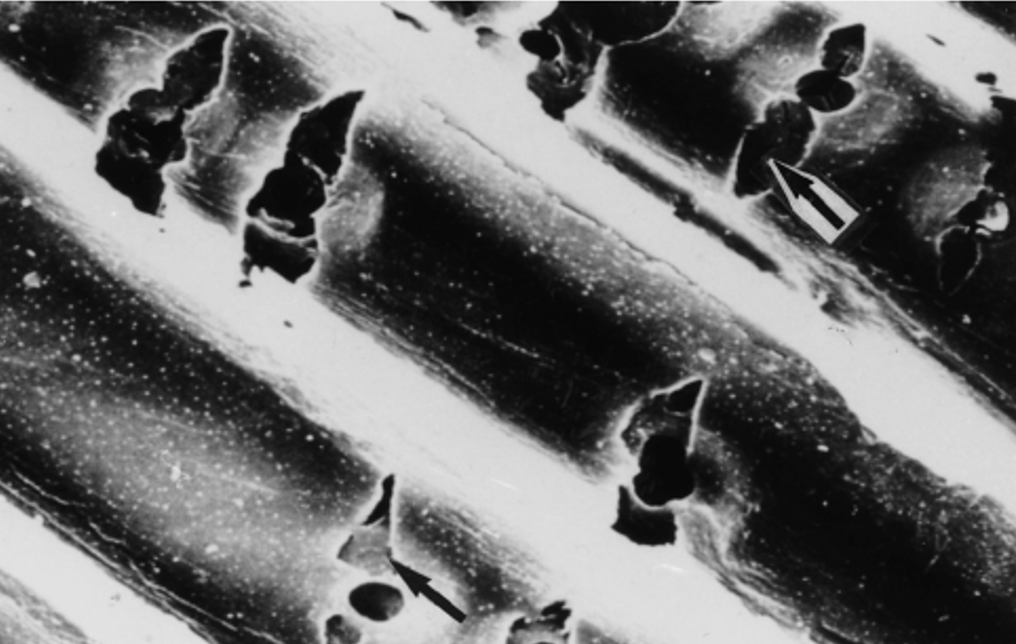
cavitation bacteria
single celled and filamentous, not culturable, little known about morphology, form cavities, often diamond shaped or angular.
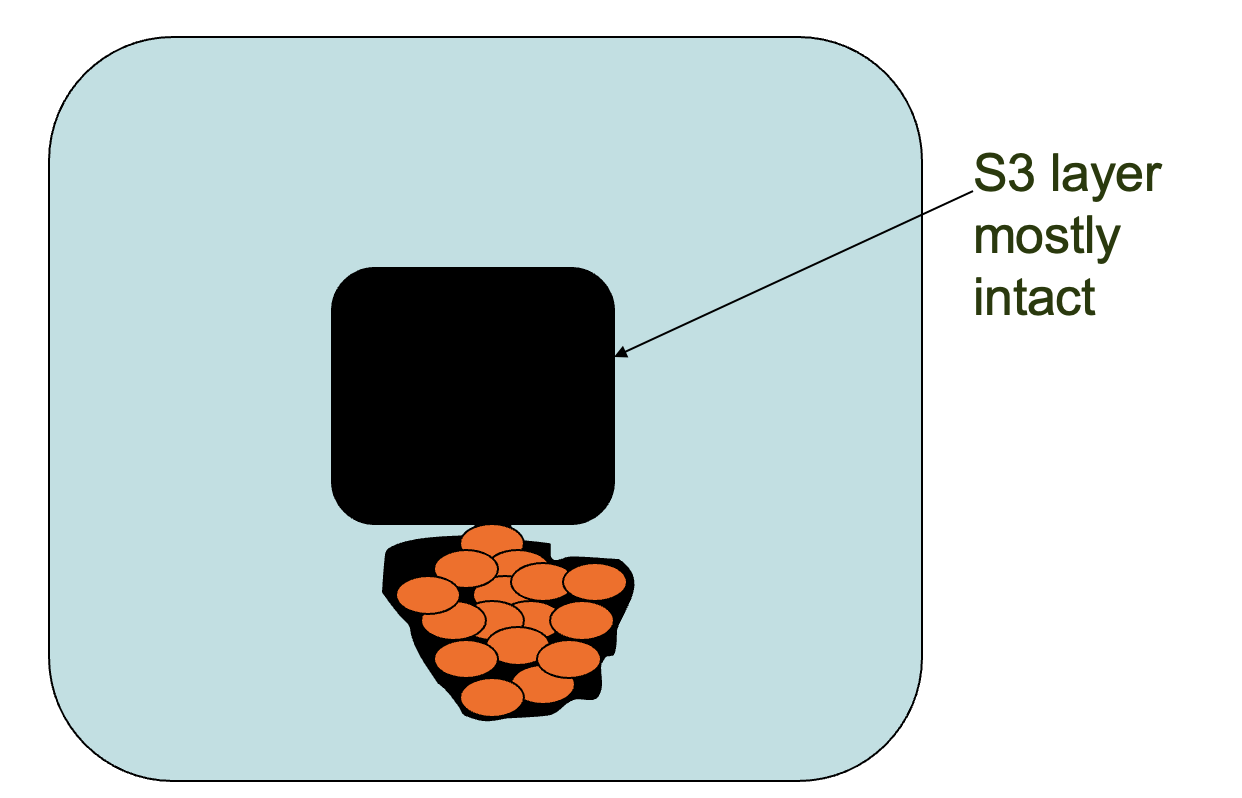
Cavitation bacteria effect on timber
Strength loss in some cases, incomplete S2 layer decay in latewood, may damage wood in certain situations (buried, sunken, chemically-treated, high-lignin wood)
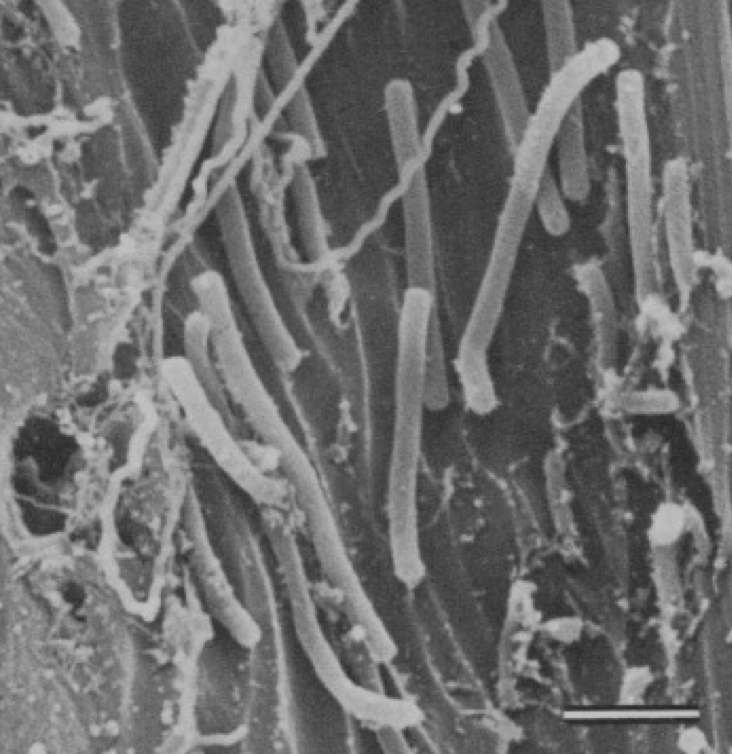
Erosion bacteria
single-celled, gram negative (pink), form glycocalyx (organized slime layer), cellulolytic and lignolytic.
Adhere to S3 layer, gradually degrade into S2 layer, form 'erosion troughs' along microfibrils, lytic activity restricted to glycocalyx.
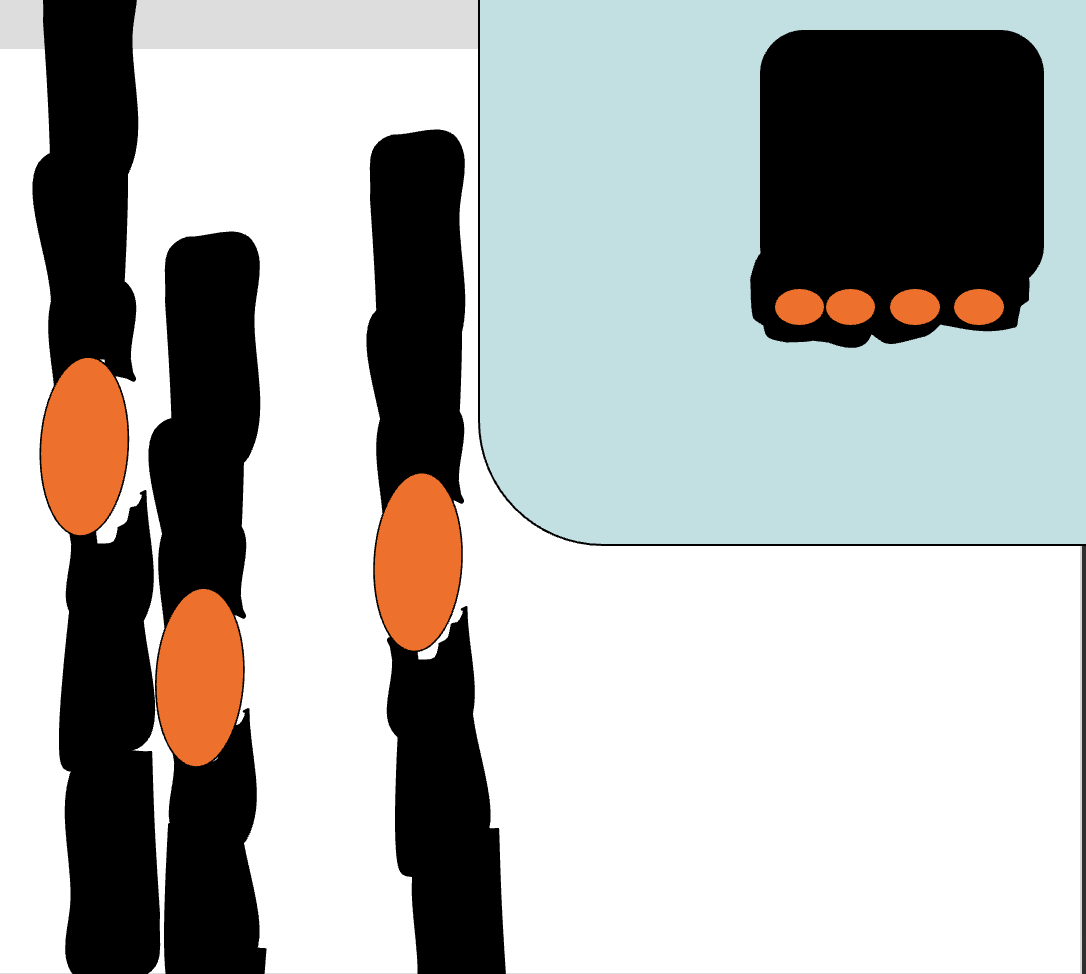
Erosion bacteria effect on timber
strength loss - complete cell wall lysis, increased permeability, may damage wood in certain situations (buried, sunken, chemically-treated, high-lignin wood)
Antagonistic bacterial attack
some bacteria species could ihibit wood-rotting fungi, probably by secreting antibiotics and depleting nutrients that are necessary to fungal growth
Symbiotic bacterial attack
interactions between some species of bacteria and fungi may result in a synergistic relationship that increases the rate of wood decomposition.
Three main types of microscopy
Light, Transmission Electron (TEM), Scanning electron (SEM)
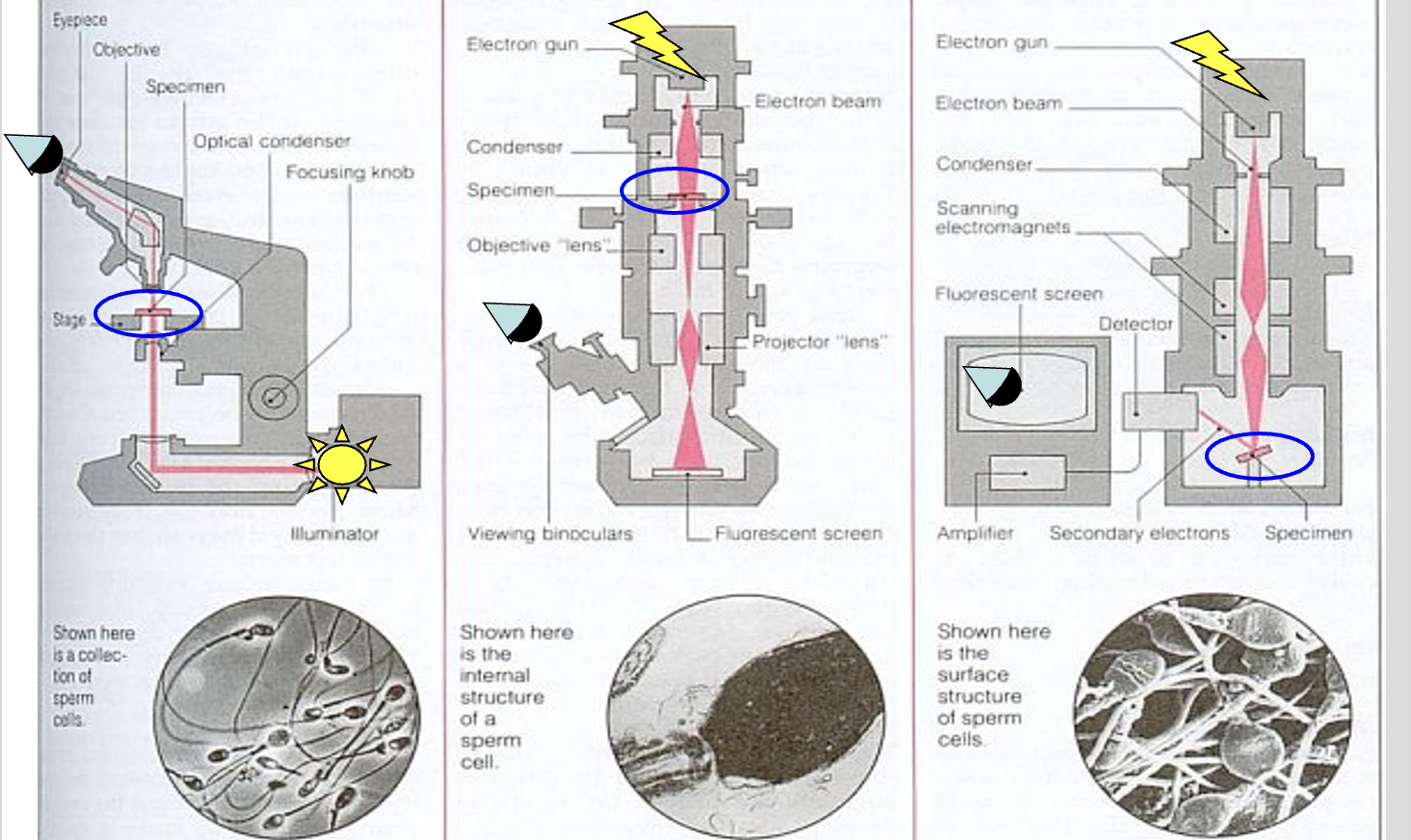
Resolution
Shortest distance between two points that can still be distinguished by the observer
Human eye resolution
0.1 mm (100um)
Light Microscope Resolution
0.2um (200nm)
SEM Microscope resolution
1nm (0.001 um)
Florescence/confocal microscope resolution
0.2um (200nm)
TEM Microscope resolution
0.2nm (0.0002 um)
Characteristics of Fungi
Contain nuclei with chromosomes. Cell wall (like plants), but often chitin in cell wall, made of glucan, linked by beta 1->4, 1->6 or 1->3 chains.
Heterotrophs. Asexual & sexual reproduction (had DNA recombination).
Hyphae (fungi)
threadlike cells connected lengthwise
Mycelium (fungi)
Numerous organized hyphae, forming a mat, fan, etc. (sprider web)
Spore (fungi)
Reproductive 'seed' from fungi
Sporophore (fungi)
Spore-releasing structure (mushroom)
Extracellular matrix (ECM)
for adhesion and an area of lytic activity (similar to glycocalyx)
Fungal cells will colonize __ tissue first, consisting of ____ cells made up of ____
ray, parenchyma, starch
Fungi are
Eukaryotes, single or multicellular
Fungi participate in this type of growth & secrete these
apical growth and enzyme secretion
Fungi nutrition
starch (simple sugars), hemicellulose, cellulose, Elements: N, P, K, S, Mg, Ca, Fe, Cu, Zn, B
Nitrogen is key! How?
There isn't a lot of N in plants, fungi need N for amino (enzymes/proteins) and nucleic acids (DNA)
How do fungi get enough N?
diffusion of soluble N into wood. Scavenging N from bacterial colonizers. Translocate N from outside the wood matrix. Recycling N from their own mycelium
MC
Moisture Content. Critical in wood!
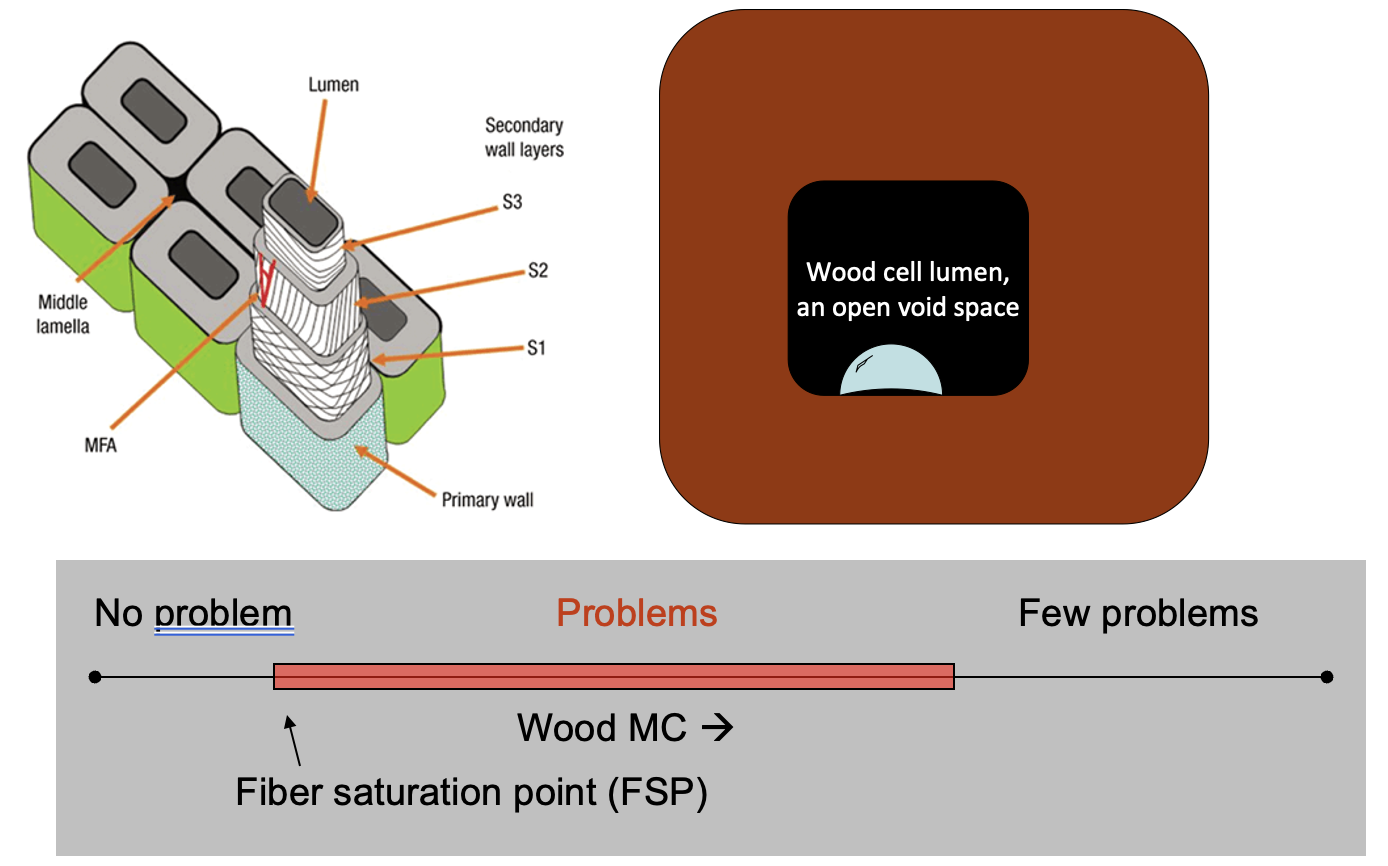
Bound water
absorbed by wood
Free water
Unbound, mostly in lumens
FSP
Fiber Saturation Point. Point at which additional water is no longer bound but is free. (20-25% in wood)

When Wood MC < FSP ....
Few fungal decay problems! Little free water
When Wood MC > 80%
Few fungal decay problems! limited oxygen at such a high MC.
Wet rot
Decay of building materials that have a local source of wetting (broken gutters, ice dam, severe condensation)
Dry rot
Decay of building materials where no localized wetting has occurred (attics)
General features of fungal wood decay
Most are saprotrophs-heterotrophs that attack dead tissue-not pathogens. Heartwood colonized first in living trees, sapwood degrades faster in cut timber.
Characteristics of Brown Rot
Basidiomycetes (phylum of fungal kingdom). 6% of all wood-degraders. Often associated with SW. More common in northern parts of the world.

Wood appearance of brown rot
Brown and crumbly. Cubical checking. Strength loss is rapid, long before mushrooms are visible. Lignin is left behind (low preference to lignin degradation.
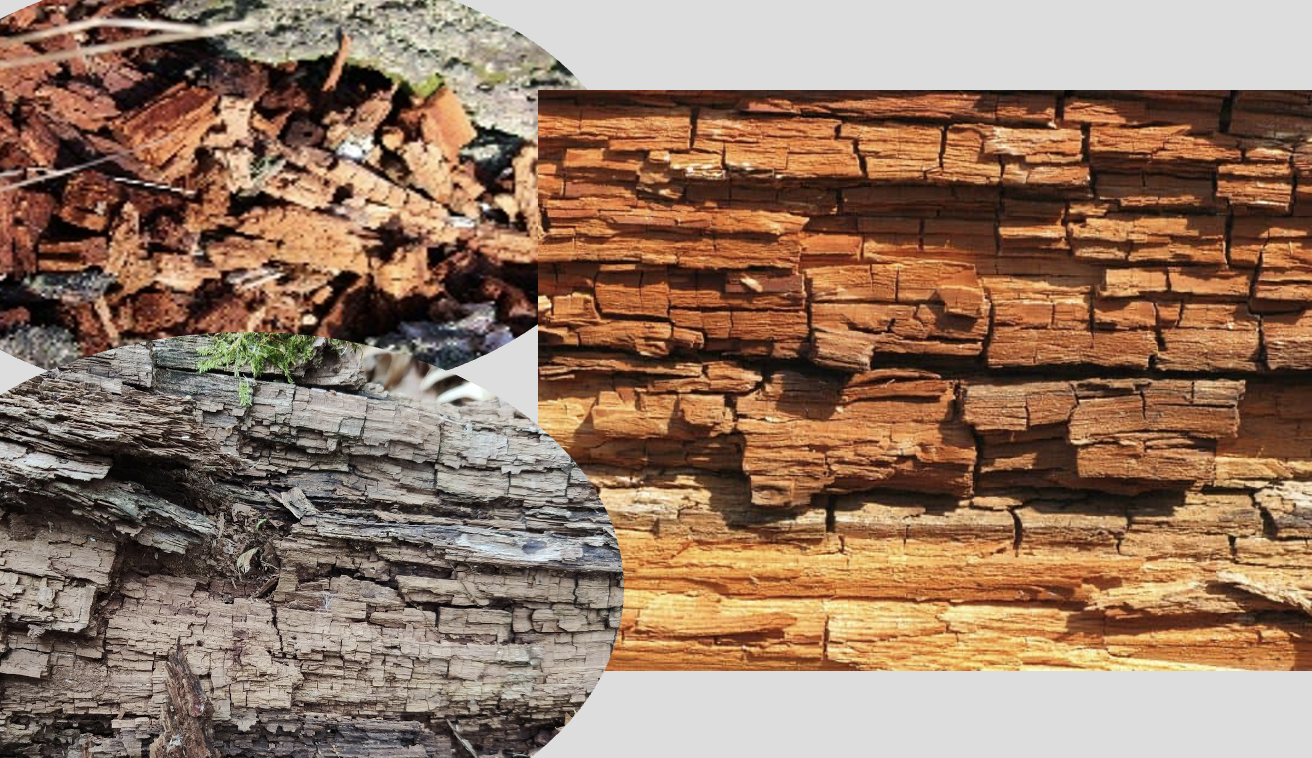
Micromorphology of Attack of brown rot
hyphae colonize rays, then travel through wood cell lumens. Hyphae cross between cells via pits or bore holes, use extracellular matrix (ECM) to adhere to S3 layer. Use non-enzymatic decay first to make cellulose more accessible to cellulases.

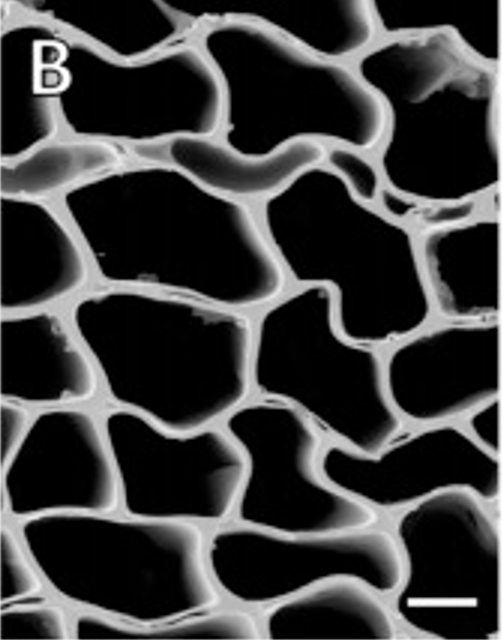
Decay of Brown rot
Fenton reaction: Fe2+ + H2O2 -> HO. (radical)
HO radical hydrolyzes cellulose and hemicellulose. Cellulases produced later during decay, after random depolymerization of cellulose (=significant early strength loss)
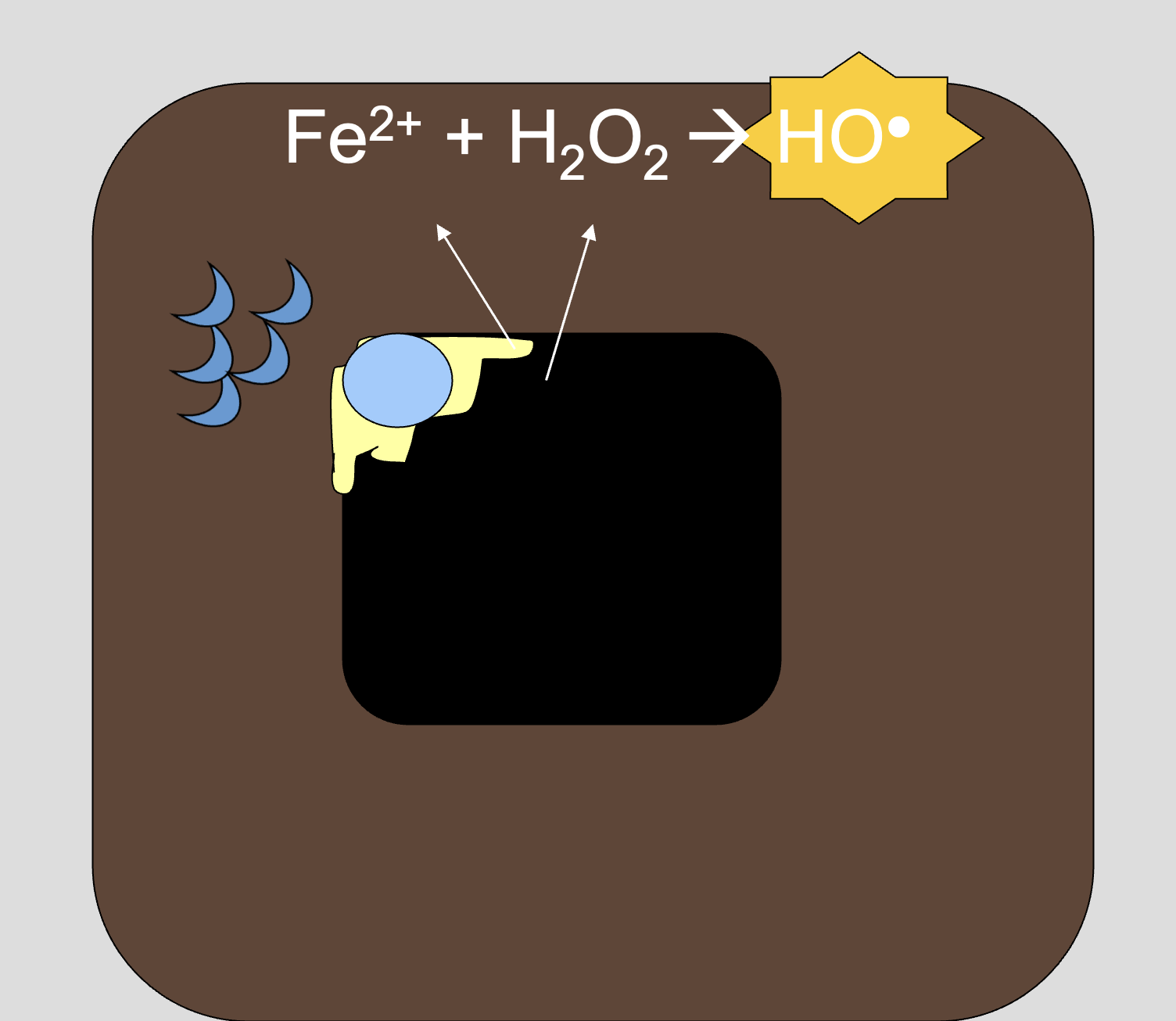
Coniophora puteana - 'cellar fungus'
Brown rot! Optimum MC = 50-60%. Common in buildings, often subsurface rot, thin dark hyphae, moderately heat tolerant.

Serpula lacrymans - 'dry rot fungus'
Brown rot! Optimum MC = 20-50%. Common in other countries, flat pancake-like, rust-colored sporophores, heat intolerant. Rhizomorph structure (how fungi can get moisture by burrowing into the ground.)

Rhizomorph
'Root-like', but without bark, moving through a crack in the external foundation wall. Mushroom odor, for water conduction from soil.
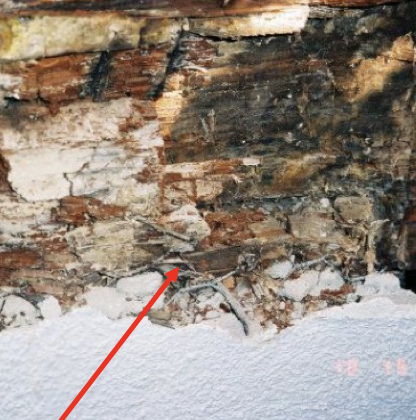
Gloeophyllum sepiarium - 'Mazegill'
Brown Rot! Optimum MC = 25-85%, common in outdoor settings, gilled, orange/brown sporophores in cracks, heat tolerant (thermal treated lumber is susceptible)

Characteristics of white rot
May be 'simultaneous' (degrade all components) or 'selective' (degrade lignin preferentially). Basidiomycetes and higher ascomycetes. Most common wood degraders. Often on HW.

Appearance of wood of white rot
May be bleached, being generally white and stringy (although initially darkened/brown) OR may show 'white pocket rot' with rot confined to certain wood cell areas.
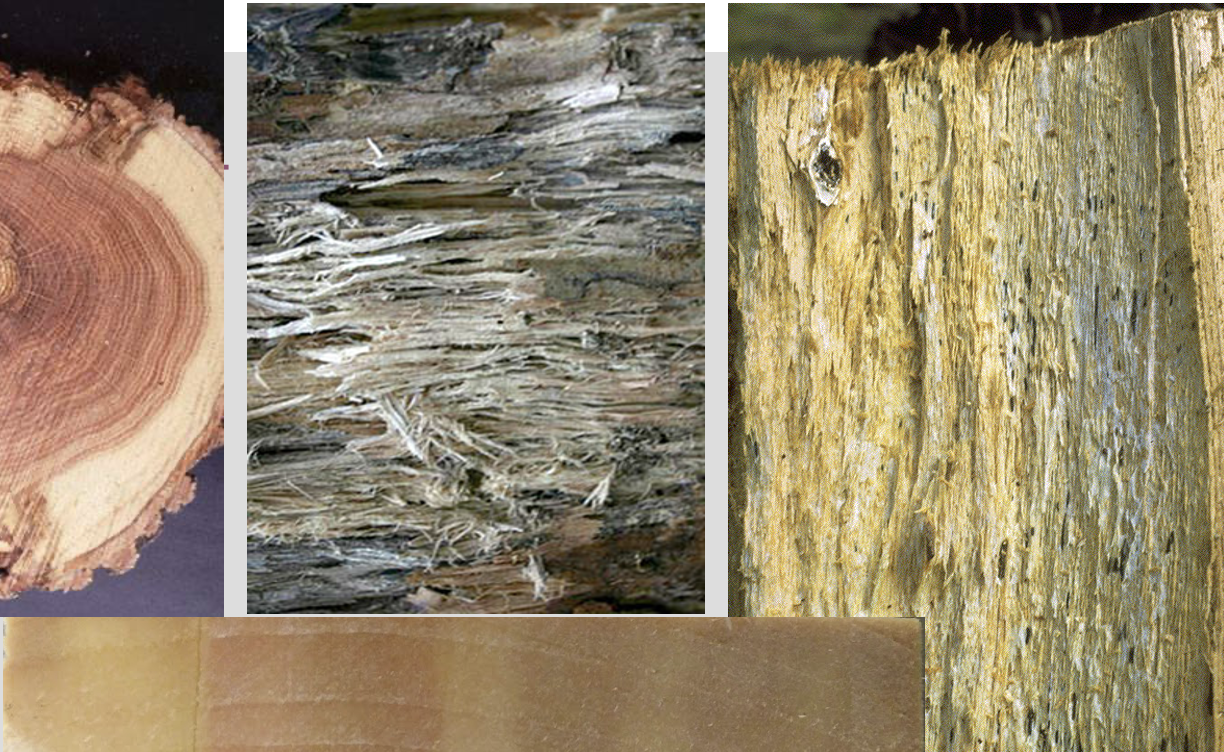
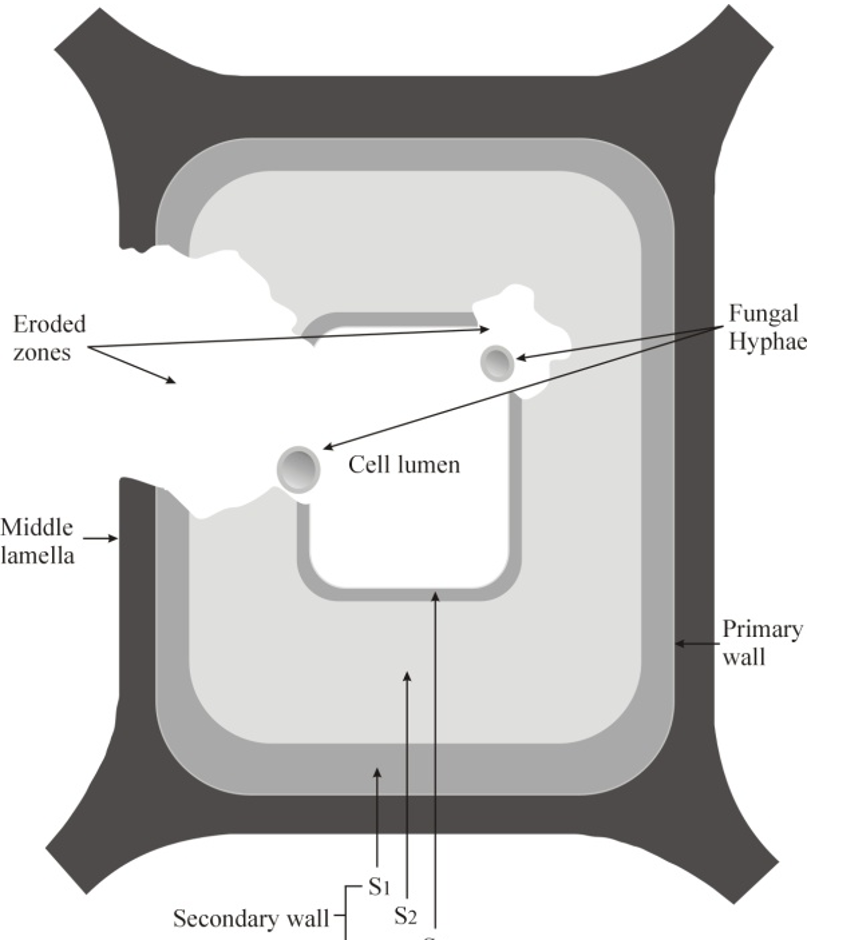
Micromorphology of attack of white rot
Simultaneous or Lignin-selective rot. Simultaneous: adhere to S3 and begin to eat away at S2, attack on all cell layers leaves little behind. Lignin-selective: attack lignin-rich middle lamella.

Phanerochaete chrysosporium - 'Lignorum'
White rot! Optimum MC = 50-80%. found often in chip piles and sawdust mounds. white, cottony conidospore masses. VERY heat tolerant (up to 50 C). Selective delignification.
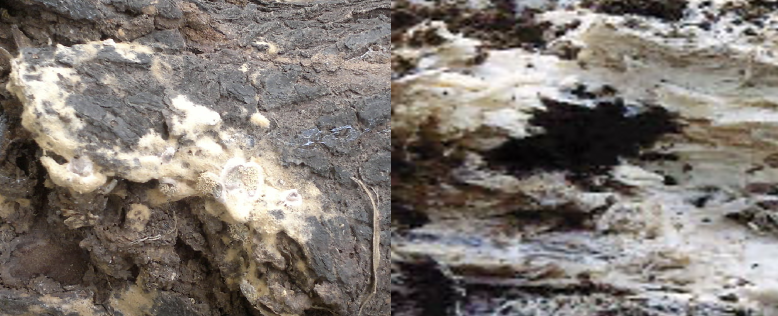
Characteristics of Soft Rot
Mostly Ascomycetes or 'Imperfect' fungi (deuteromycetes). Cavity forming (type 1) or progressive erosion (type 2). Able to colonize wood in extreme environments (dry, wet, nearly anaerobic).
Wood appearance in soft rot
surface decays (softens) first, Cubical checking on surface (similar to brown rot), Often restricted to sapwood even late in decay.

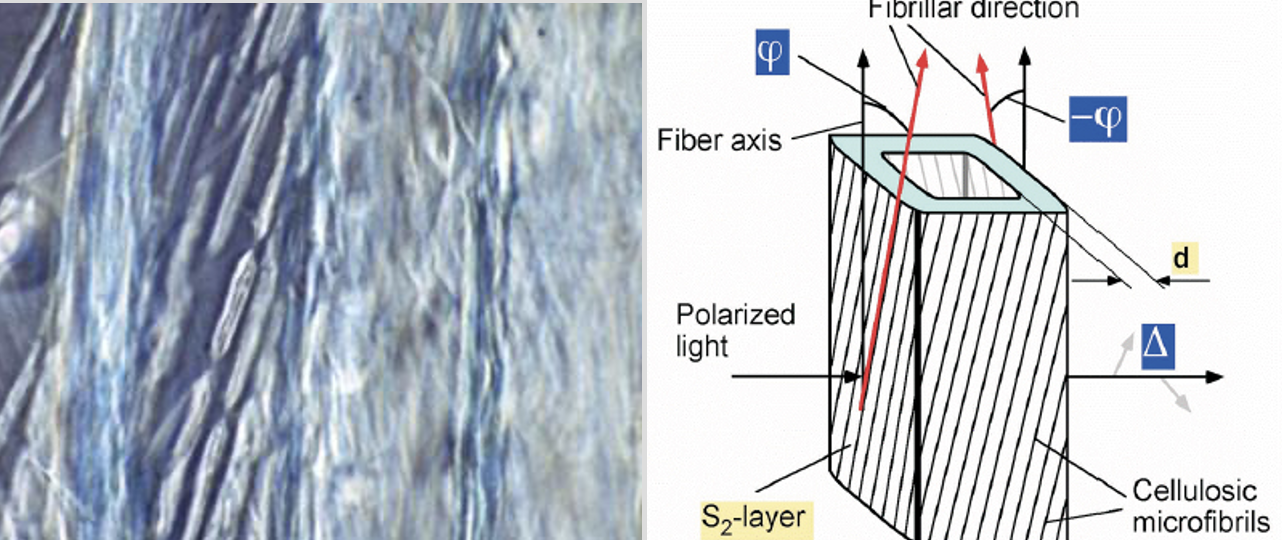
Micromorphology of attack in soft rot
initial colonization in rays and vessels, invade wood cell wall S layers and form diamond-shaped cavities, follow a helical pattern in S2 layer, 'spiraling' up or down the length of the wood cell.
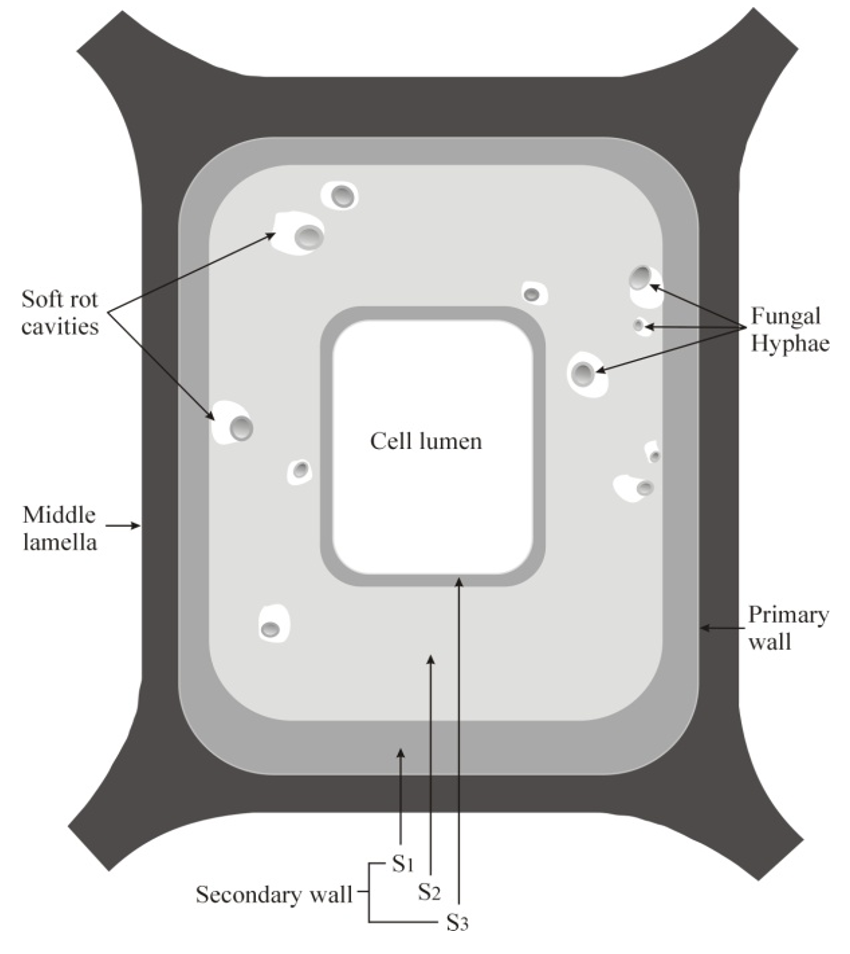
Wood decay mechanisms are variable in fungi
carbohydrate-selective, simultaneous, and lignin-selective
Staining fungi
cause discoloration and some disfigurement of wood in storage and in service (grow in and on wood cells)
Mould
Fungi that grow superficially on wood surface, with only minor infiltration
Stains in wood may be
microbial: caused by fungi and bacteria
non-microbial: enzymatic or chemical
Non-microbial stains
mineral stain/streak, Klin-brown/coffee stain, Iron stain, oxidative stain/sticker shadow, Marks
Mineral stain/streak
Appearance: an olive to greenish-black or brown discoloration of wood cell layers. Occurs in sapwood or heartwood. Caused by unknown soil factors while tree is living (could be wound caused mineral deposits). Effect: hardness, brittleness, dimensional instability.

Mineral stain/streak prevention
no reliable management, anti-sapstain chemicals don't work.
Klin-brown/coffee stain
Appearance: dark brown uniform discoloration at surfaces during klin dry, longitudinally oriented lenticular-brown discolorations. occurs in sapwood, heartwood, or interface. Caused by oxidation of extractives at fresh surfaces. No effect.
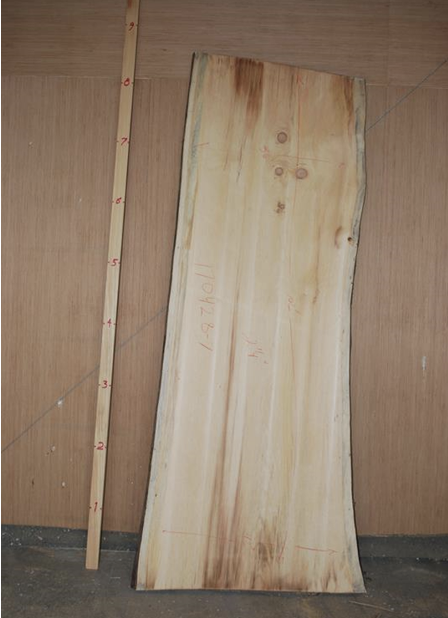
Klin-brown/coffee stain Prevention
Water storage may give higher incident, surfacing lumber helps, planning, mild/quick to klin with high air flor & low humidity.
Iron stain
Appearance: blue or black uniform or streaked surface discoloration. Occurs in freshly sawn sapwood or heartwood, contact iron. Caused by metal oxidation and reaction at wood surface, iron tannate. No effect.
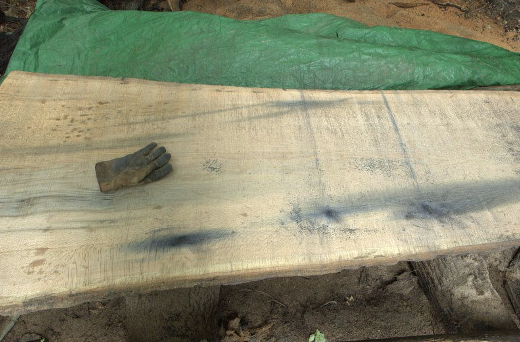
Iron stain prevention
Sapstain chemicals with iron-stain inhibitors, oxalic acid, surfacing lumber helps, quick to kiln with high air flow and low humidity.
Oxidative stain/sticker shadow
Appearance: dark yellow to reddish brown when exposed to air after sawing and peeling. Occurs in hardwoods. Caused by contact with sticker and oxidation. No effect.
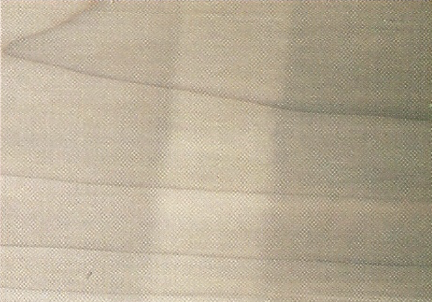
Oxidative stain/sticker shadow prevention
Antioxidants, fumigation, mechanical stress, fresh-sawn wood goes quickly to kiln, quick kiln with high air flow and low humidity, lower temperature drying is preferable, use dry sticker wood.
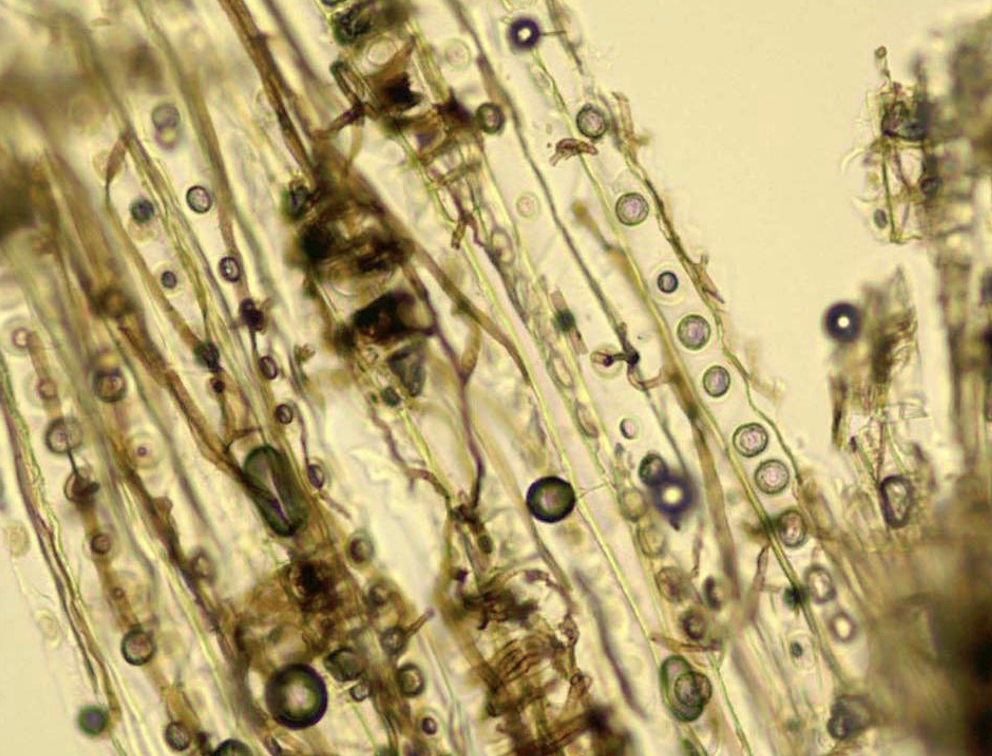
Sapstain/blue stain
Appearance: blue/black radially oriented areas. Occurs in sapwood/wood in service such as joinery. Caused by fungal infections, may be beetle-associated, pigment release. Causes an increase in permeability and some decrease in permeability
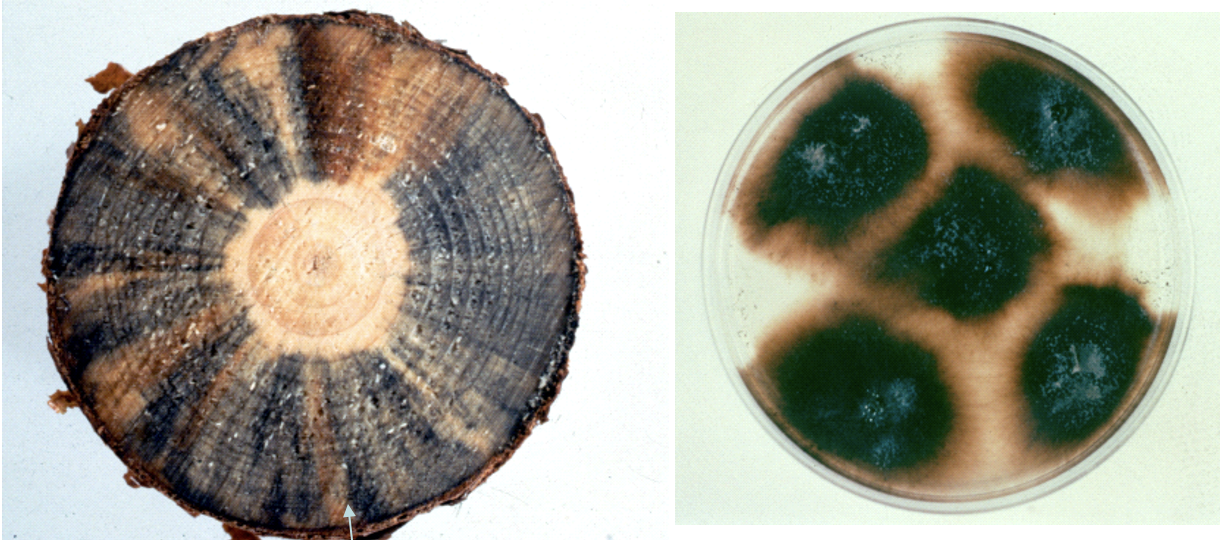
Preventing stains
Dip treat w/in 24 hours of cut if sapstain fungi is a problem. Fast from the saw to the kiln. High air-flow, fast kiln dry, if possible. Keep ponding/sprinkling even - minimize uneven wetting.
Mould characteristics
Appearance: blue/black/green patches. Occurs on surfaces of sapwood and heartwood. Caused by fungal infections, air borne spored, colored spores and pigments. Slightly increases permeability at surface
Mould prevention
Anti-sapstain chemicals will work (borates). Nice evenly-distributed ponding/sprinkling. Fresh-sawn wood goes quickly to the kiln. Surfacing off sapwood sections. Bleach solutions to remove colonies.
General characteristics of stains & moulds
Ascomycetes and deuteromycetes (imperfect fungi). Rely on free carbohydrates and starch in ray cells and axial parenchyma. Cause no significant strength loss. Do not appreciably degrade lignocellulose. Are of considerable economic importance (devalue wood)
Clamp connections
Basidiomycetes (degraders)specialized hyphal cross walls (septa) in higher fungi that facilitate nuclear separation during cell division. Characteristic of BR and WR
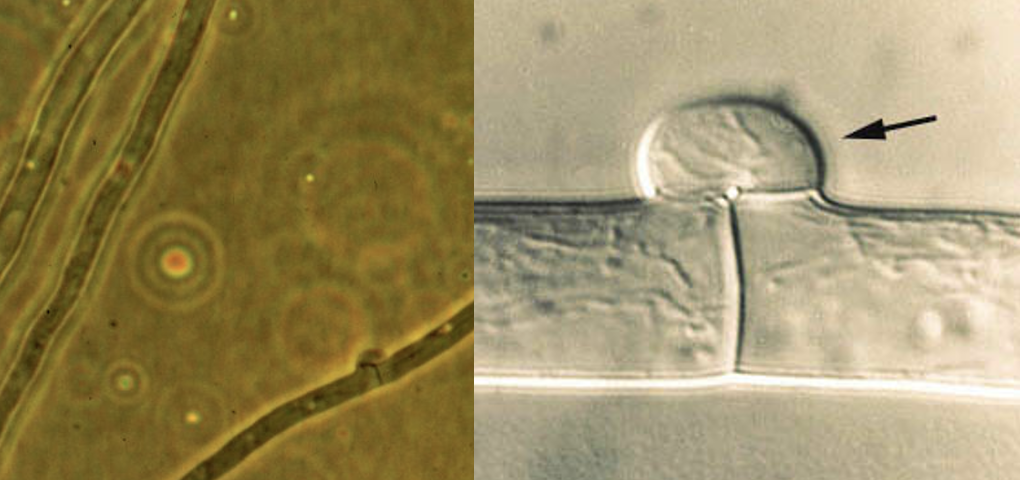
Sporophores (fruiting bodies)
IN the basidiomycetes, the spores are produces externally, on the end of specialized cells called basidia. In ascomycetes, spores are produces internally, inside a sac called an ascus.
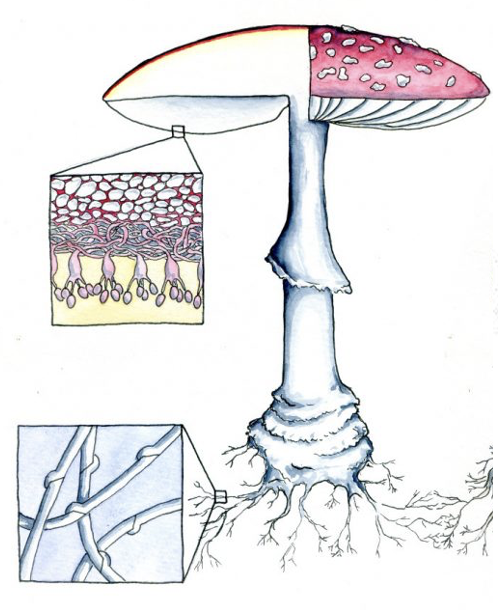
Bordered pits
the part of plant cell walls which allow the exchange of fluids between tracheids or vessel elements with pores with a membrane (torus) covering the hole
